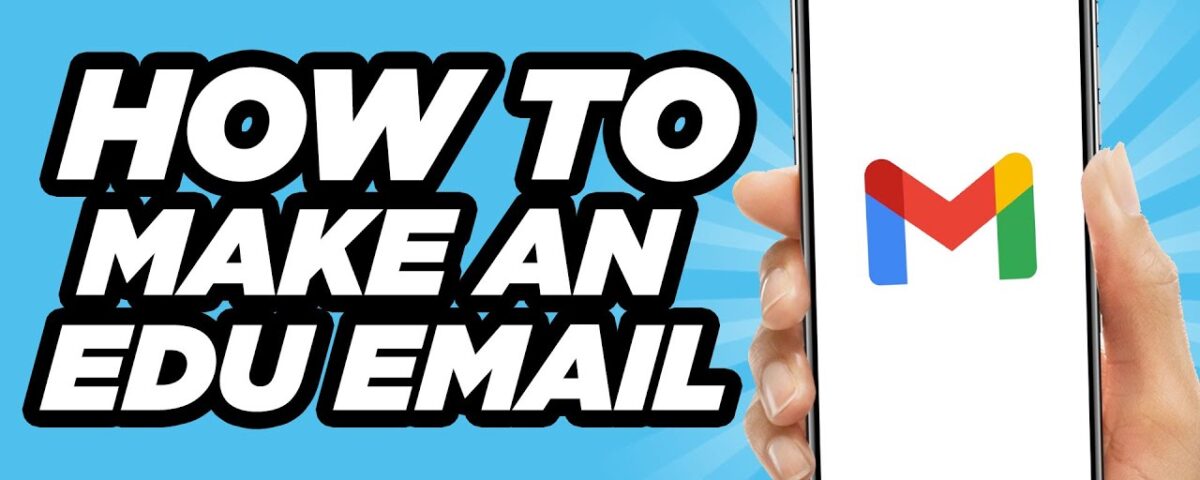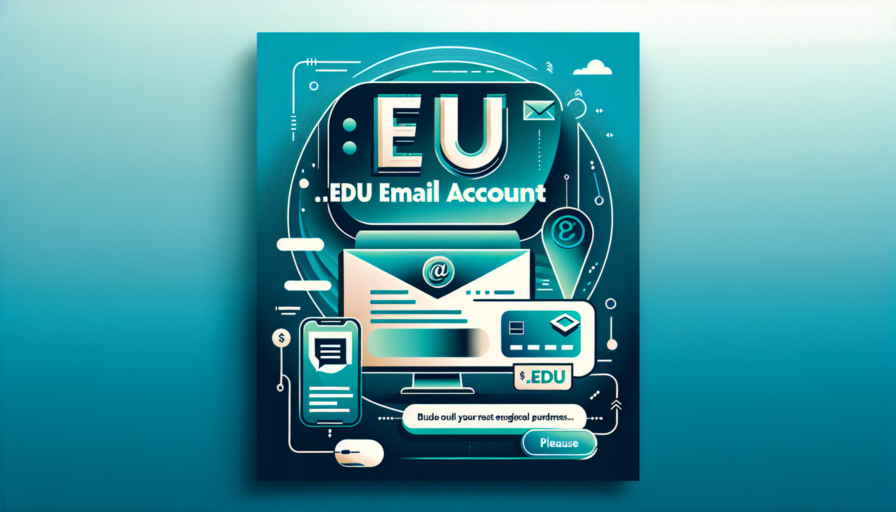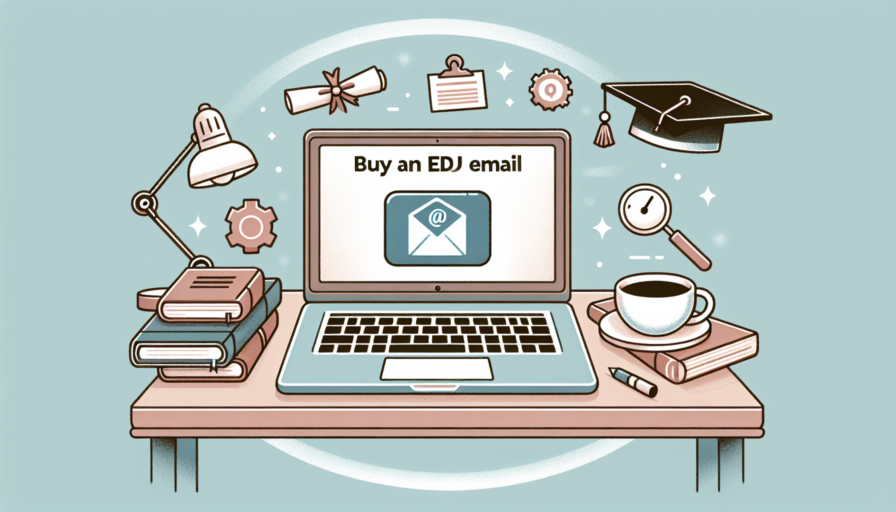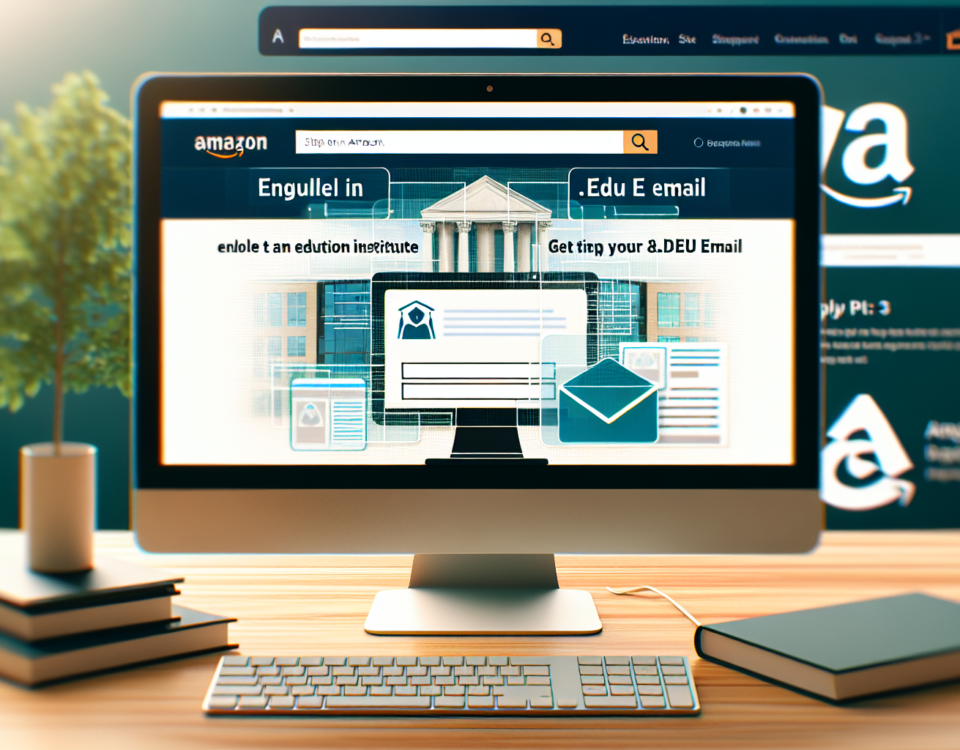How to Successfully Login to Your Edu Email Account: A Step-by-Step Guide
February 15, 2024
Unlocking Academic Privileges: How to Obtain an Email Address Ending in .edu
February 15, 2024Analyzing Current Trends in the EDU Outlook
The education sector has always been dynamic, constantly evolving with the advent of new technologies and pedagogical theories. Recently, the EDU outlook has been significantly shaped by the global pivot toward digital learning, a trend that was accelerated by the COVID-19 pandemic. With students and educators becoming more adept at using online platforms for learning, a widespread adoption of blended and hybrid models of instruction is becoming a mainstay. These models combine the traditional classroom experience with online and digital learning, allowing for a more personalized and flexible educational approach.
Another prevailing trend is the increased emphasis on lifelong learning and continuous skill development. Educational institutions are now augmenting their curriculum to cater to the changing needs of the workforce. In response to the rapidly evolving job market, there is a push for programs that emphasize practical skills and real-world applications. Micro-credentials, certification programs, and online short courses are growing in popularity, providing learners with the opportunity to acquire specific skills that are directly applicable to emerging industries and career paths.
Student well-being is another critical aspect that has come to the forefront in the EDU outlook. Mental health and the overall wellness of students have become a top priority for educational institutions. This trend is leading to the development of comprehensive support systems within schools and universities, designed to provide students with the resources they need to succeed not only academically but also in their personal lives. There’s a growing acknowledgment that a student’s success is intricately linked to their mental and emotional health, and educational policies are reflecting this understanding.
In addition, the integration of artificial intelligence (AI) and machine learning in educational tools is revolutionizing the way students learn and teachers teach. These technologies are enabling personalized learning experiences, automating administrative tasks for educators, and providing data-driven insights to improve educational outcomes. The use of AI is also facilitating the development of adaptive learning platforms that can tailor content to individual student needs and learning styles. As these technologies continue to mature, their impact on the EDU outlook is expected to grow, offering exciting possibilities for the future of education.
The Future of Education: Predictions and EDU Outlook
As we peer into the evolving landscape of education, it becomes evident that the sector is ripe for revolutionary transformations. The future of education is not only a topic of intense discussion among educators and policymakers but also a pivotal area for technological advancement and pedagogical innovation. In this exploration, we will attempt to decipher the trends and predictions that are shaping the future of learning.
Integration of Technology in the Classroom
The digitalization of classrooms is a trend that’s been accelerating at an unprecedented pace. Expect to see an even greater emphasis on technology integration, with tools such as artificial intelligence and learning analytics becoming commonplace. These technologies are not only expected to enhance personalized learning but could also reshape the roles of teachers, who will transition from knowledge deliverers to facilitators and mentors. Interactive learning platforms and digital textbooks are poised to become the norm, providing a dynamic and customized learning experience to students.
Shift Toward Lifelong Learning
Another significant shift that is forecasted is the move towards lifelong learning. As the half-life of skills continues to decrease, the need for continuous education becomes more paramount. This indicates a growing demand for flexible learning opportunities that cater to professionals seeking to upskill or reskill. Micro-credentials and digital badges will likely gain traction as symbols of mastery and competence in specific areas, enabling learners to showcase their skills in a rapidly changing job market.
Increased Access Through MOOCs and Remote Learning
Massive Open Online Courses (MOOCs), once a novelty, are now firmly established as a means of democratizing education. The coming years may see a surge in their popularity, providing access to high-quality education to individuals around the globe. The rise of remote learning, accelerated by the global pandemic, is expected to continue, blurring the geographical boundaries that once limited educational opportunities. This mode of learning not only facilitates access but also encourages a rich cultural exchange, as students from diverse backgrounds connect and collaborate virtually.
Technological Advancements and Their Impact on the EDU Outlook
The realm of education has always been a fertile ground for technological integration, and recent years have seen a surge in innovative tools and platforms that have reshaped the educational landscape. The influx of advanced technologies such as artificial intelligence (AI), virtual reality (VR), and augmented reality (AR) has not only transformed how lessons are delivered but also how students engage with course material. These cutting-edge tools have the potential to personalize learning experiences in unprecedented ways, making education more interactive and accessible than ever before.
Artificial intelligence has been a game-changer in assessing students’ learning patterns and offering tailored support. AI-driven programs can identify students’ weaknesses and provide targeted exercises, ensuring a more efficient use of time and resources within the educational system. Moreover, AI has introduced automation in administrative tasks, freeing educators from the time-consuming paperwork and enabling them to focus more on teaching and mentoring students.
The Virtual Classroom Experience
In the realm of virtual reality, learners are now able to immerse themselves in environments that were once deemed impossible to replicate in a traditional classroom. Through VR, students can take virtual field trips to historical sites, engage in simulated scientific experiments, or explore complex mathematical concepts in 3D space. This experiential form of learning not only boosts engagement but also enhances retention by providing a tangible context to abstract concepts.
Augmented Reality and Interactive Learning
Augmented reality takes the potential of engaging educational experiences a step further by bringing digital elements to the real world. AR apps allow learners to visualize and manipulate 3D models, making abstract concepts materialize before their eyes. Such immersive educational tools not only cater to different learning styles but also encourage exploration and discovery, hallmark qualities of a progressive education system. The integration of AR in textbooks and educational resources provides a more compelling and enriching way for students to interact with the material.
Addressing Challenges in Education: Enhancing the EDU Outlook
Education systems around the world are facing a myriad of challenges that hinder their ability to provide students with the necessary skills and knowledge for the future. A critical reassessment of the current educational framework is essential to tackle issues such as unequal access to resources, outdated curricula, and the incorporation of technology. By recognizing and confronting these obstacles, we can enhance the education outlook significantly, preparing a new generation that is adaptable, tech-savvy, and capable of critical thinking.
Equitable Access to Educational Resources
Equal access to quality education is a fundamental issue that continues to plague the education sector. It is imperative to bridge the gap between urban and rural schools by ensuring that essential resources, such as current textbooks, qualified teachers, and modern facilities, are evenly distributed. Policies focused on improving infrastructure in underfunded districts can create educational parity and foster an environment where every student can flourish regardless of their socio-economic background.
Revamping Outdated Educational Curricula
In many regions, curricula have not caught up with the rapid changes in society and the job market, leaving students ill-prepared for real-world challenges. A shift to study programs that promote critical thinking, problem-solving, and digital literacy can transform the educational landscape. Engaging with industry leaders and educational experts to update and adapt school syllabi will ensure that students are not learning for the test but are instead acquiring skills that are relevant and applicable in the 21st-century economy.
Technology Integration in Classrooms
The acceleration of technological advancements necessitates a robust integration of digital tools in the education sector. Harnessing educational technologies, such as virtual reality, artificial intelligence, and online learning platforms, can lead to more personalized and interactive learning experiences. Ensuring that both students and teachers are digitally literate and can navigate these new tools will facilitate a more dynamic educational environment and pave the way for innovation in teaching methodologies.
EDU Outlook: Opportunities for Growth and Development
The education sector continues to evolve rapidly, presenting numerous opportunities for growth and development. Driven by technological advancements and a heightened awareness of diverse learning needs, educational institutions, educators, and students alike are exploring novel ways to enhance learning experiences and outcomes. In this dynamically shifting landscape, stakeholders can harness various emerging trends to foster an environment conducive to educational progress and innovation.
Integration of Technology in Learning Environments
The ubiquity of digital technology has opened up incredible prospects for the sector. Interactive learning platforms, virtual reality (VR), and augmented reality (AR) are revolutionizing the traditional classroom setting, allowing for more immersive and personalized educational experiences. Equally, the growth of online learning ecosystems is providing unlimited access to knowledge, enabling both students and educators to customize their learning pathways for maximum effectiveness. Educators are now more than ever equipped with powerful tools to engage learners, track progress, and adapt teaching strategies accordingly.
Customized Learning Experiences
Another significant opportunity within the EDU outlook is the shift towards customized education plans. With an increased focus on catering to individual learning styles and paces, there is a considerable push towards developing adaptive learning systems and differentiated instruction models. The integration of big data and analytics in education is paving the way for more informed decisions on curriculum design and the personalization of learning experiences. This move towards customization not only improves student engagement and satisfaction but also enhances educational efficacy by aligning learning with each student’s unique needs and abilities.
Professional Development and Lifelong Learning
The concept of lifelong learning presents a profound opportunity for continuous professional development amongst educators and students alike. With an ever-growing suite of professional development courses available online, educators are empowered to refine their teaching methodologies and stay abreast of the latest educational practices. For students, the proliferation of online courses, workshops, and certifications has made it easier to acquire new skills and knowledge, positioning them to thrive in an increasingly competitive and globalized job market. In this age of information, there is a collective recognition that education is a continuous journey rather than a destination, setting the stage for perpetual growth and advancement.








